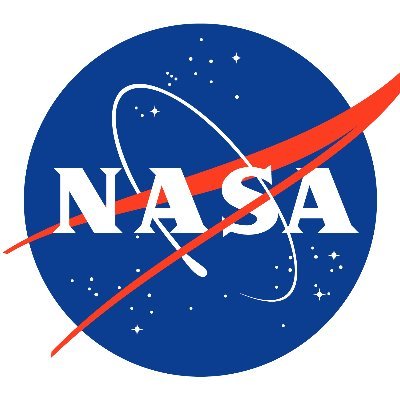L'International Earth Rotation and Reference Systems Service (IERS), l'organismo internazionale che vigila sui sistemi di riferimento legati alla rotazione terrestre, ha stabilito che la mezzanotte del 31 dicembre 2016 dovrà durare un secondo in più.
Ci saranno quindi le 23:59:60, per dar modo al tempo universale coordinato (UTC) di restare al pari con il sempre più lento giorno terrestre.
Si è reso necessario il cosiddetto leap second (secondo intercalare) in seguito al rallentamento della rotazione del globo terrestre dovuto all'attrazione gravitazionale del Sole e della Luna, alla non omogena distribuzione delle masse nel nucleo del pianeta e ad altri fenomeni su larga scala, come i grandi terremoti o la fusione di grandi ghiacciai continentali, i quali alterano questo movimento rallentandolo di circa 2 millesimi di secondo al giorno.
Quella del 31 dicembre 2016 sarà la 27esima correzione dal 30 giugno 1972 (l'ultima è stata il 30 giugno 2015).





















